Keeping a vehicle fresh and relevant over a long model cycle is one of any automaker's toughest tasks. There are basically two schools of thought on how to do it: a steady parade of trim-and-tape special editions (Lexus SC 430 Pebble Beach Edition, anyone?) or the more capital-intensive high-performance route. To riff on Neil Young, "Is it better to do a burnout, or fade away?" Jaguar appears to have the answer in the form of two black stripes on the pavement: the 2012 XKR-S.
The current XK has been around since late 2005, and while its classic grand tourer proportions still look remarkably fresh, it's hardly a spring chicken. Jaguar could have settled on a few special paint finishes, a new wheel pattern and maybe some showy leather stitching to see this coupe into its dotage, but instead, it's lavished a surprising amount of attention on this rakish two door.
The current XK has been around since late 2005, and while its classic grand tourer proportions still look remarkably fresh, it's hardly a spring chicken. Jaguar could have settled on a few special paint finishes, a new wheel pattern and maybe some showy leather stitching to see this coupe into its dotage, but instead, it's lavished a surprising amount of attention on this rakish two door.
Introduced at the 2011 Geneva Motor Show, the XKR-S builds on the already-hotter XKR, delivering 550 horsepower and 502 pound-feet of torque from its Roots-supercharged 5.0-liter V8 (the cooking XK makes do with 385/380 and the XKR yields 510/461) routed through a paddle-shifted six-speed automatic. It's an impressive drivetrain made all the more so by its aural bark, a signature bellow made possible by an active exhaust system that will make you want to leave the windows down and irk your neighbors.
Adding all of the go-faster bits seen here to a classically beautiful frame like the XK could've been a visual tragedy, coming off like a doddering senior citizen in a high-fashion velour tracksuit. Thankfully, Jag design boss Ian Callum and his charges have managed to rather tastefully adorn the XKR-S with a dollop of motorsports-influenced aerodynamics that effectively plays on Jaguar's "gentleman racer" heritage. It's still an aesthetic that won't be for everyone, but we like the look. Ride height has been lowered by four-tenths of an inch, and the whole car looks better planted thanks to a more aggressive face with twin air intakes and a genuine carbon fiber front splitter. That visual swagger carries over to the XKR-S' profile, where lower side sills are bookended by impossibly sexy 20-inch Vulcan alloy wheels wrapped in Pirelli P-Zero rubber (9.0 inches wide in front, 10.5 out back). At the rear, there's a racy lower fascia with integrated carbon fiber venturi and a decklid wing incorporating (what else?) a carbon fiber blade. Jaguar says that all-in, the aerodynamic changes are good for a 26-percent reduction in lift.
Between the added wallop under the hood and the speedy exterior bits, Coventry authorities say this 3,968-pound meteor will hurtle to 60 miles per hour in 4.2 seconds, crest 100 mph in 8.7 seconds and nudge 186 mph before packing it in. Jag maintains this is the fastest production Leaping Cat ever, though we suspect the company has overlooked the hyper-costly (and hyper-rare) XJ220 from the mid-'90s, a bona-fide member of the Double Ton Club.




While the standard XK isn't exactly a bowl of pudding dynamically, adjustments to the soft bits have been remapped to cope with the XKR-S' extra power and higher-performance mission. Key alterations include a revamped double-wishbone front suspension with a unique steering knuckle that increases both caster and camber. Spring rates have been upped by 28 percent at the front and 32 percent out back, and some additional passive rear-wheel steering has been dialed-in to increase agility. Likewise, Jag's Adaptive Differential control program has had a few ones and zeros moved around to curb steering sensitivity at triple-digit speeds. Programmers have also given the Adaptive Damping program and electronic nannies a stern talking-to, such that pushing the appropriate buttons on the center tunnel will now allow for more Pirelli-torturing antics.
Jag has wisely fitted the XKR-S with embiggened stoppers. Its High Performance Braking System component set includes monoblock aluminum calipers digging into 380-millimeter front and 376-millimeter rear calipers. Swept area swells by 44 percent up front and 31 percent in the back. We're a bit surprised Jaguar hasn't developed a carbon-ceramic option for this car yet, but we observed no issues with brake fade or feel, though we didn't have the car on a track this time.
Of course, perhaps we wouldn't want to bear the financial brunt of a set of optional carbon discs, as the standard XKR-S is already plenty costly at $132,000 plus $875 in delivery charges. That's a frankly hellacious surcharge over the still-great XKR, which is a comparative Blue Light Special at $97,500 sans destination fees.
Between the added wallop under the hood and the speedy exterior bits, Coventry authorities say this 3,968-pound meteor will hurtle to 60 miles per hour in 4.2 seconds, crest 100 mph in 8.7 seconds and nudge 186 mph before packing it in. Jag maintains this is the fastest production Leaping Cat ever, though we suspect the company has overlooked the hyper-costly (and hyper-rare) XJ220 from the mid-'90s, a bona-fide member of the Double Ton Club.
While the standard XK isn't exactly a bowl of pudding dynamically, adjustments to the soft bits have been remapped to cope with the XKR-S' extra power and higher-performance mission. Key alterations include a revamped double-wishbone front suspension with a unique steering knuckle that increases both caster and camber. Spring rates have been upped by 28 percent at the front and 32 percent out back, and some additional passive rear-wheel steering has been dialed-in to increase agility. Likewise, Jag's Adaptive Differential control program has had a few ones and zeros moved around to curb steering sensitivity at triple-digit speeds. Programmers have also given the Adaptive Damping program and electronic nannies a stern talking-to, such that pushing the appropriate buttons on the center tunnel will now allow for more Pirelli-torturing antics.
Jag has wisely fitted the XKR-S with embiggened stoppers. Its High Performance Braking System component set includes monoblock aluminum calipers digging into 380-millimeter front and 376-millimeter rear calipers. Swept area swells by 44 percent up front and 31 percent in the back. We're a bit surprised Jaguar hasn't developed a carbon-ceramic option for this car yet, but we observed no issues with brake fade or feel, though we didn't have the car on a track this time.
Of course, perhaps we wouldn't want to bear the financial brunt of a set of optional carbon discs, as the standard XKR-S is already plenty costly at $132,000 plus $875 in delivery charges. That's a frankly hellacious surcharge over the still-great XKR, which is a comparative Blue Light Special at $97,500 sans destination fees.
Our man Ramsey had the opportunity last summer to sample the XKR-S on the sun-warmed racing surfaces of Autódromo Internacional do Algarve in Portugal, but we wanted to see how the aluminum-chassis'd GT handled decidedly less exotic precincts: namely, the mean streets of Detroit. After all, it's one thing to excel on the manicured curves of a racetrack and idyllic Mediterranean roads, it's quite another to deal with the pockmarked freeways and less-than-perfect country roads of southeast Michigan.
Perhaps unsurprisingly, we found the Jag to be a bit stiff-legged during an unseasonable cold snap. Blipping the key fob, our tester's folding side mirrors whirred into place with a squeak, and upon motoring away, the steering was audibly unhappy when full lock was called for at a walking pace. Things became markedly more agreeable as our big cat's fluids warmed and circulated throughout the car's extremities and the suspension's elastomers gained pliancy and seeded.
To its suspension engineers' eternal credit, however, the XKR-S wouldn't prove to be a boneshaker on Motown's streets, though it was important to mind the lowered ride height on steep aprons and speed bumps. Unlike some high-strung exotics, the drivetrain and brakes are seemingly happy to amble along as well, particularly with the transmission in full auto mode.




But while the XKR-S is up to the indignities of daily commuting, you'll really want to seek out a nice, winding road with sweeping turns and elevation changes. Thanks to the electronic torque-vectoring differential and pre-girding of the suspension and dynamic nannies by selecting Trac DSC mode, you'll find an entertaining partner with gobs of power available at a toe-tickle. We originally feared that the ZF six-speed automatic might be a liability, but the gearbox is well sorted – shifting with the paddles in full manual mode is addictive stuff, and the more refined character of the unit when not run hard fits the character of a Jaguar better than a dual-clutch might.
But while the XKR-S is up to the indignities of daily commuting, you'll really want to seek out a nice, winding road with sweeping turns and elevation changes. Thanks to the electronic torque-vectoring differential and pre-girding of the suspension and dynamic nannies by selecting Trac DSC mode, you'll find an entertaining partner with gobs of power available at a toe-tickle. We originally feared that the ZF six-speed automatic might be a liability, but the gearbox is well sorted – shifting with the paddles in full manual mode is addictive stuff, and the more refined character of the unit when not run hard fits the character of a Jaguar better than a dual-clutch might.
When push comes to, well, push, we found a surprising amount of understeer built in to the XKR-S' handling when pressing on at seven-tenths or so (which, in a car like this, is still frighteningly rapid). It's probably a tacit acknowledgment that those with pockets deep enough to afford such a machine don't always necessarily have the same command as their wallets. Still, it's easy enough to get past this safety-first measure with raw power, breaking the rear Pirellis loose with a prod of the throttle, but after the shake-your-tail-feathers drifting action gets old, there's more fun to be had cropping the XKR-S down your favorite blue road if one is judicious with the power-on oversteer.
Of course, revving the bejesus out of the snarling V8 won't do wonders for your AmEx Black – the EPA advises you'll get 15 miles per gallon in the city and 22 on the open freeway, but if you're driving the XKR-S with real verve, our experience suggests you'll be pleased to crack the teens at all.
Of course, revving the bejesus out of the snarling V8 won't do wonders for your AmEx Black – the EPA advises you'll get 15 miles per gallon in the city and 22 on the open freeway, but if you're driving the XKR-S with real verve, our experience suggests you'll be pleased to crack the teens at all.
The XKR-S benefits from the same updated-for-2012 cabin as lesser XKs, including a new piano black console, aluminum trim, a new three-spoke wheel and minor finish differences. The interior's most noticeable change is the pair of 16-way power sport seats that lovingly provide June Cleaver levels of support and bolstering, particularly up around the shoulders. Unfortunately, Jaguar's cloyingly slow infotainment and navigation system has not been treated to any upgrades this go round, an aspect of the driving experience that dates the entire package.
To be fair, though, we figured it'd be the chassis that reminds us that the XK dates to 2005, but the all-aluminum monocoque remains a gem that's clearly up to the XKR-S' additional power and stiffer suspension, a fact that speaks volumes about the seven-year-old architecture. Thanks to the suspension changes, the XKR-S feels surprisingly light on its feet for a big GT, unburdened by excessive roll or a reluctance to turn in.
The takeaway from all this is that Jaguar hasn't simply turned up the wick on the AJ V8 and fitted a catalog's-worth of aero bits to keep up sporting appearances for the brand until the less-expensive F-Type finally shows up. The XKR-S manages to balance Jaguar's historic mantle of grace with pace, a surprisingly cohesive package that can be driven every day and savaged on weekends.
Via: autoblog








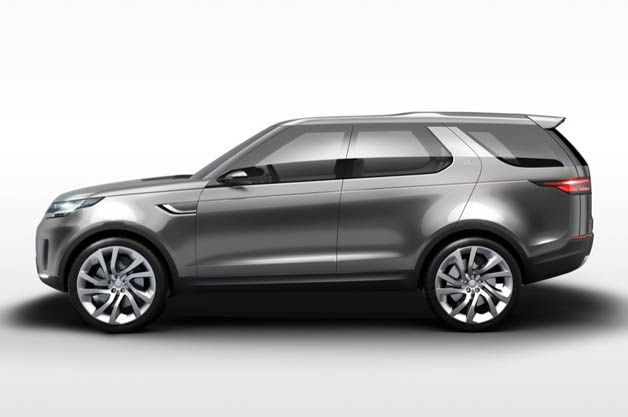

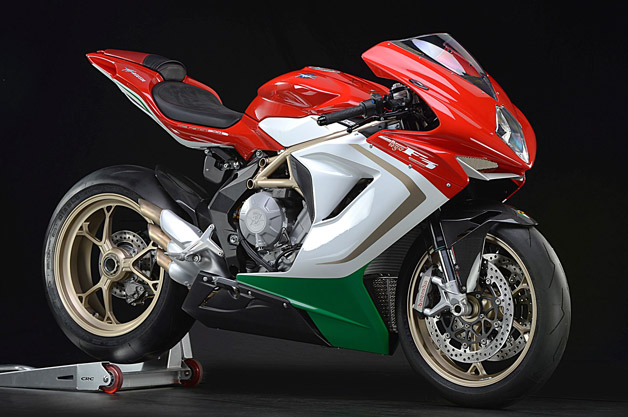

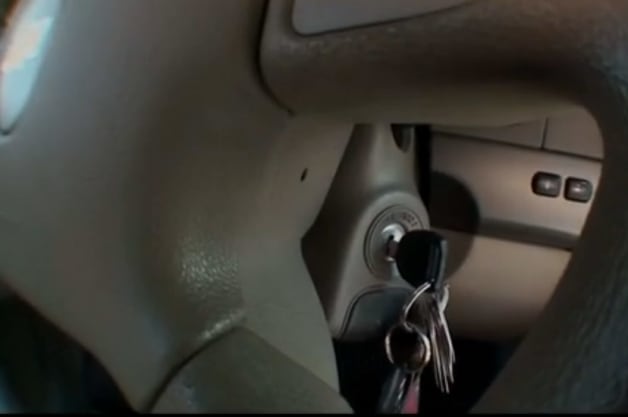

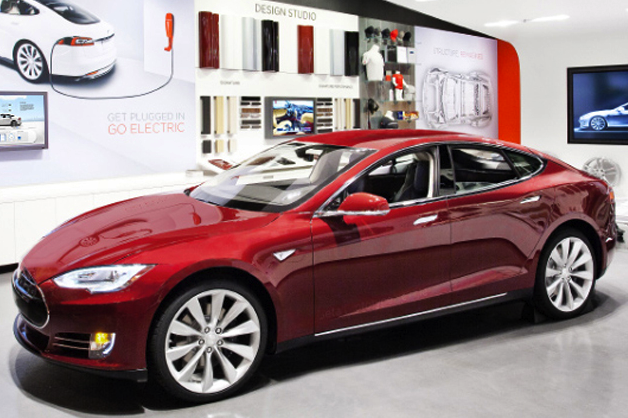


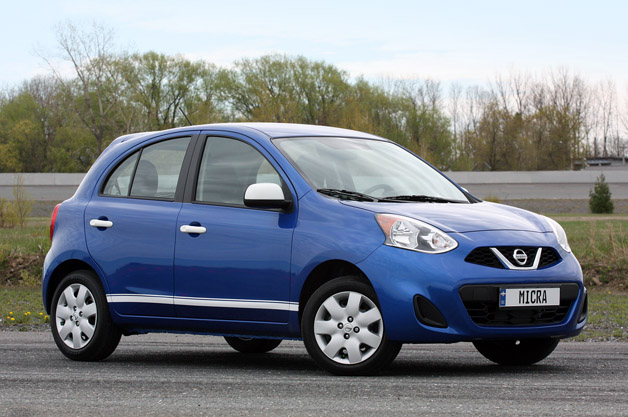
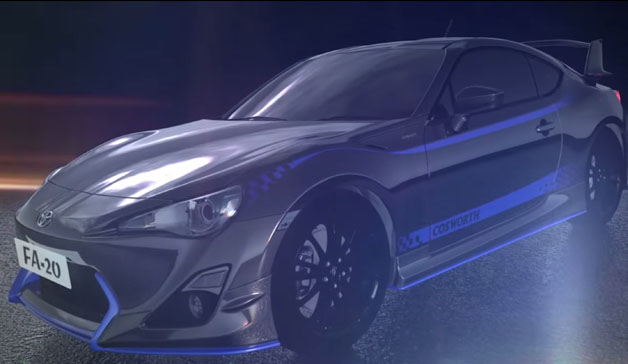

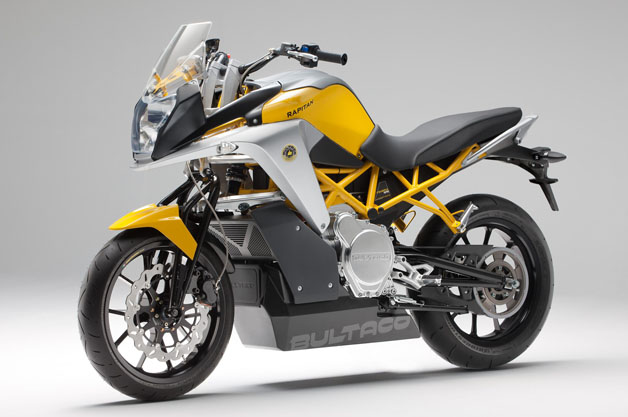

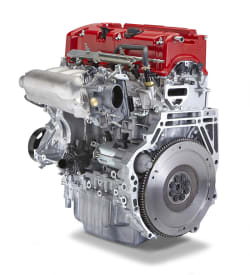
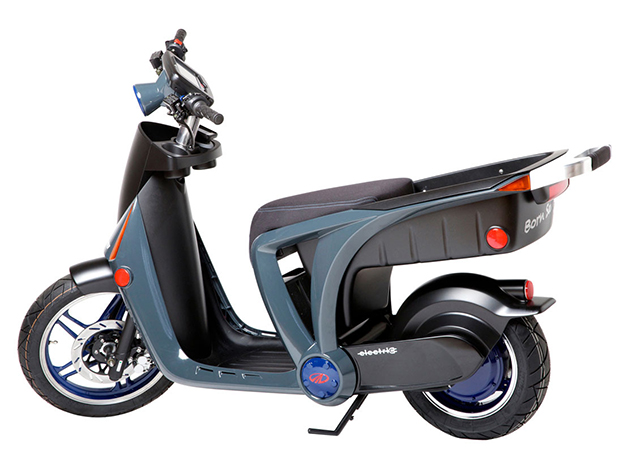













0 nhận xét:
Post a Comment